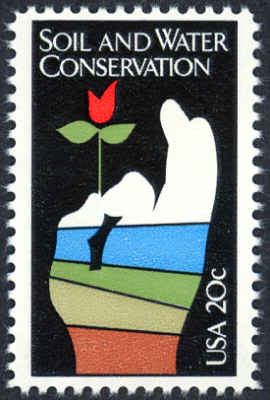Research published this month in the online edition of the Bulletin of Environmental Contamination and Toxicology finds that the neonicotinoid pesticide imidacloprid contaminates surface waters in agricultural regions. The results indicate that imidacloprid commonly moves offsite and contaminates surface waters at concentrations that could harm aquatic organisms following use under irrigated agriculture conditions in California.
Researchers at the California Department of Pesticide Regulation collected 75 surface water samples from three agricultural regions of California and analyzed them for contamination with imidacloprid. Samples were collected during California’s relatively dry-weather irrigation seasons in 2010 and 2011. Imidacloprid was detected in 67 samples (89%); concentrations exceeded the U.S. Environmental Protection Agency’s (EPA) chronic invertebrate Aquatic Life Benchmark of 1.05 μg/L (micrograms per liter) in 14 samples (19%). Concentrations were also frequently greater than similar toxicity guidelines developed for use in Europe and Canada. A benchmark is a chemical concentration, specific to either water or sediment, above which there is the possibility of harm or risk to the humans or animals in the environment.
Source: Enews Park Forest, January 24th, 2012
http://www.enewspf.com/latest-news/science-a-environmental/30332-pestic…
Reference: Keith Starner and Kean S. Goh (2012) Detections of the Neonicotinoid Insecticide Imidacloprid in Surface Waters of Three Agricultural Regions of California, USA, 2010–2011.
Bulletin of Environmental Contamination and Toxicology DOI: 10.1007/s00128-011-0515-5
http://www.springerlink.com/content/566t681j31233742/ (attached)

- Log in to post comments
